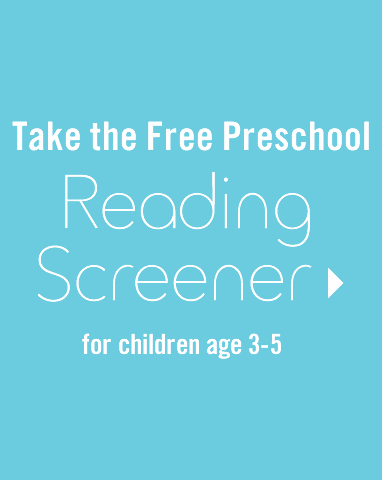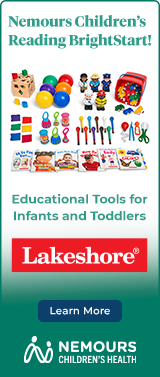Healthy foods come in all colors, shapes and sizes. Explore a wide variety of good-for-you foods while learning the letters of the alphabet with this colorful and fun bilingual book.
Before, During and After Reading
Letter Knowledge
What healthy foods do you have in your refrigerator, pantry or cupboards? Go on A Food Hunt and see what you can find. As you pick each food, ask your child to say the name of the food with you.
You might ask:
What letter does this food begin with?
Turn to the page in the book that has the same letter as the food you've chosen. Scan the page and see if the food you have in your kitchen is included on the page in the book. If it is not included, create your own Kitchen Alphabet Book using the foods from your kitchen.
Beginning Writing
To create your very own Kitchen Alphabet Book, recycle a notebook and write the letters of the alphabet on individual pages. As you come across foods in your kitchen, invite your child to draw a picture of the food. Say the letters out loud as you write the name of the food next to the picture.
Oral Language
Create a chart with three columns: Foods I like; Foods I do not like; Foods I want to try. Gather some foods from your kitchen that appear in the book.
As you read together, use the chart to record a variety of food experiences. Look at the foods in the book and talk about what you see. Describe what each food might taste like, or how it might feel. If you have examples from your kitchen, bring them out and compare sizes, shapes, smells and tastes.
In the first column, identify foods that you and your child like to eat. You might ask:
Why is this a food you like? How does it make you feel when you eat it?
If your child identifies foods that she absolutely does not like, write the name of the food in the second column. You might ask:
Have you tried this food before? When have your tried it? Where were you when you tasted it? Tell me what you didn’t like when you tasted this food.
Use the third column to list foods that you would like to try in the future. You might ask:
Where would we need to go to find this food? What do you think it will taste like? How will it feel when you touch it? Will it be sweet, crunchy, soft or juicy?
Phonological Awareness
Select some foods from your kitchen and place them on a tray. Play “I Spy” using beginning sounds as the first clue, and then adding descriptions of what the food looks feels or tastes like. Continue providing clues until your child can guess the name of the food.
You might say:
I Spy a food that begins with the sound /b//b/ /b/. Can you find it? It is yellow and grows on a tree. You can peel it. That’s right, a banana! Say /b/ /b/ banana.
After you've read the book, try the activities Little Chef and Fun with Fruit to encourage oral language development.
For a bit more challenge with beginning writing, try The Shopping List.
Explore even more easy at-home activities designed to build pre-reading skills in your four-year-old, or or take the Reading BrightStart! Preschool Reading Screener. The screener can help you determine if your child is on the path to reading readiness, and provides a free plan for moving forward.








